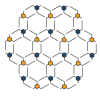We congratulate the two awardees of the Alajos Kálmán Prize: 2020: Prof Mátyás Czugler 2021: Prof László Párkányi The award ceremony will take place 10:00 Friday, 24 September 2021 at the Main Hall of the Fasori Evangélikus Gimnázium (H-1071 Budapest, Városligeti fasor 17-21.) during the annual meeting of the Hungarian Chemical Society. Prof László Párkányi delivers his awardee lecture with the title: “1976: turning point in crystallographic computing” It is an open lecture, everyone is welcome who are interested in.
Author: admin
6th European Crystallographic School
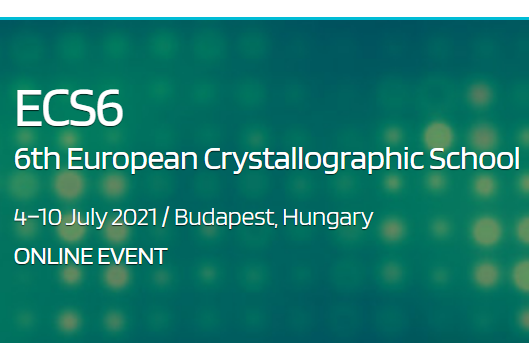
We are delighted to inform you that the organisation of the 6th European Crystallography virtual School to be held 4-10 July 2021 is progressing well. The move to the on-line platform is performed by the involvement of the Professional Conference Organisers AKCongress. The registration will be open in the middle of January 2021. Bursary for partial wave of the registration fee will be available thanks to the generosity of ECA and IUCr. Both bursary and the early bird registration deadline Read More …
Methods for easy recognition of isostructurality – lab jack-like crystal structures of halogenated 2-phenylbenzimidazoles.
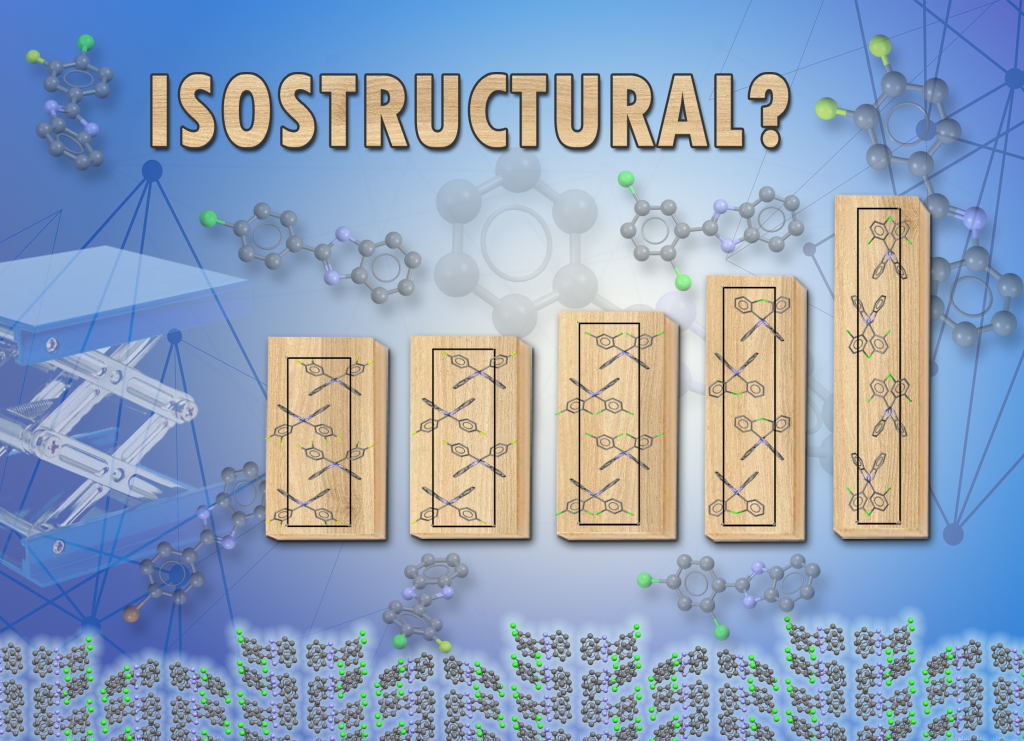
Petra Bombicz*, Nóra V. May, Dániel Fegyverneki, Avirmed Saranchimeg, Laura Bereczki*, Cryst. Eng. Comm. 2020,22, 7193-7203 DOI: 10.1039/d0ce00410cInvited article to the themed issue on using “The Cambridge Structural Database – A wealth of knowledge gained from a million structures” inside back cover page. Impact factor: 3.382 (2019) Tools to describe isostructurality are important in the understanding of close packing principles and in the fine-tuning of crystal properties. In order to present how different methods work in practice, a series of Read More …
Researcher’s Night
Crystals under Study The Chemical Crystallography Laboratory was open for visitors under the event of Researcher’s Night organised at 27.09.2019. Salt crystals of different origin and colouring components together with flower leafs and stamens could be look under the optical microscope. Visitors could also get to know the X-ray diffraction technique and take a closer look at the instrument.
Relationship between Solid State Structure and Solution Stability of Copper(II) – Hydroxypyridinecarboxylate Complexes
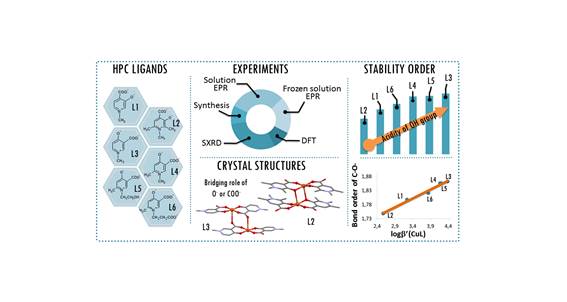
Nóra V. May, G. Tamás Gál, Zsolt Szentendrei, László Korecz, Zoltán May, Maria Grazia Ferlin, Annalisa Dean, Petra Bombicz and Valerio B. Di Marco New J. Chem., 2019,43, 10699-10710 Abstract The complementary solid state/solution studies of the systematic series of bioactive ligands 3-hydroxy-1-methyl-4-pyridinecarboxylate (L1), 3-hydroxy-1,2,6-trimethyl-4-pyridinecarboxylate (L2), 4-hydroxy-1-methyl-3-pyridinecarboxylate (L3), 4-hydroxy-1,6-dimethyl-3-pyridinecarboxylate (L4), 4-hydroxy-1-(2-hydroxyethyl)-6-methyl-3-pyridinecarboxylate (L5) and 4-hydroxy-1-(2-carboxyethyl)-6-methyl-3-pyridinecarboxylate (L6) with copper(II) have been performed in order to design efficient chelating drugs for the treatment of metal overloading conditions. Single crystals of [Cu(L1)2(H2O)]·3H2O (1) (monomer) Read More …
Participation on ECM32 with Poster Prize to Tamás Gál
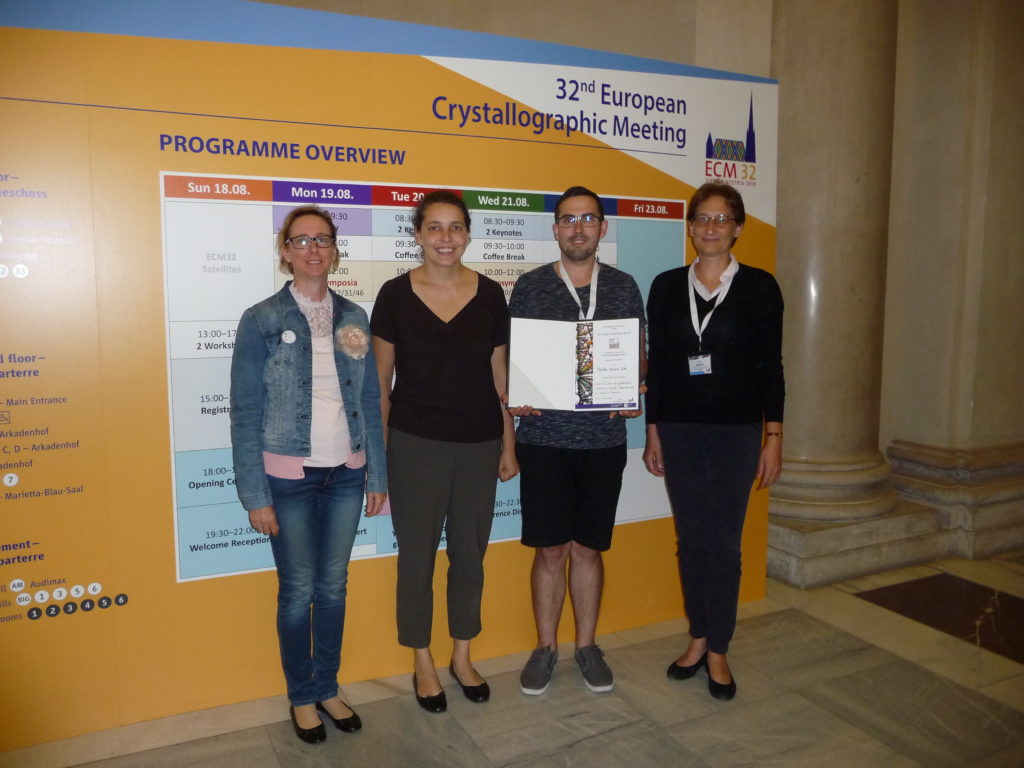
We have been participated at the 32th European Crystallographic Meeting at 18-23 August 2019, Vienna, Austria with an invited lecture in the IUCr Commission on Data Workshop, a lecture under the topic “Chirality and Polarity in Crystals” and two posters under the topic “From Synthon Engineering to Property Engineering”: Petra Bombicz: Overview of the role of data reviews and tutorial reviews in improving crystallographic science training. Invited lecture Laura Bereczki, Amit Zodge, Tamás Holczbauer, Márton Körösi, Edit Székely, Petra Bombicz: Optical Read More …
1st International Alajos Kálmán Prize, Vienna, 21st August 2019
The International Alajos Kálmán Prize is awarded to an individual researcher, in recognition for outstanding scientific contributions, in the field of structural sciences, within the last 5-10 years. The Prize was established by the Hungarian Chemical Society, and is endorsed by the European Crystallographic Association. It is awarded twice, in a three-year cycle, at the ECMs. The selection of the awardee is conducted by ECA SIG13, although the recognised field is wider, including all structural sciences. The prize consists of Read More …
Impact of copper and iron binding properties on the anticancer activity of 8-hydroxyquinoline derived Mannich bases
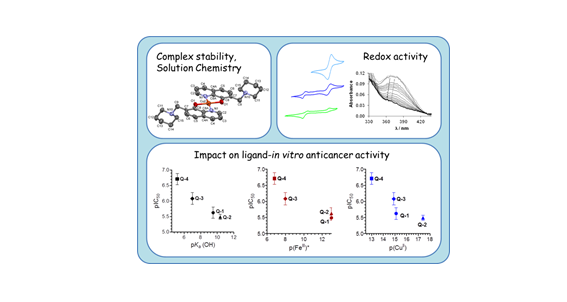
Veronika F. S. Pape, Nóra V. May, G. Tamás Gál, István Szatmári, Flóra Szeri, Ferenc Fülöp, Gergely Szakács* and Éva A. Enyedy* Dalton Trans., 2018, 47, 17032–17045 Abstract The anticancer activity of 8-hydroxyquinolines relies on complex formation with redox active copper and iron ions. Here we employ UV-visible spectrophotometry and EPR spectroscopy to compare proton dissociation and complex formation processes of the reference compound 8-hydroxyquinoline (Q-1) and three related Mannich bases to reveal possible correlations with biological activity. The studied Read More …
Our group was awarded an International Excellence (KH) OTKA grant
The Chemical Crystallography Group was awarded an International Excellence (KH) OTKA grant: “Research team with significant achievements of internationally outstanding impact “. Title: Supramolecular chemistry in solid state Principal Investigator: Petra Bombicz Participants: Nóra Veronika May Laura Nagyné Bereczki Roberta Palkó Tamás Holczbauer Abstract: Supramolecular chemistry is a highly interdisciplinary field of science covering chemical, physical and biological features. The supramolecular interactions are responsible for the self-assembly of molecules in liquid and solid states. Study of non-covalent interactions is crucial Read More …
Tamás Holczbauer has received a postdoctoral (PD) OTKA grant
Title: Supramolecular interactions and polymorphy, effect of temperature and pressure Abstract: Most of the appliances we use in everyday life are made of solid state materials for example drug, dye or casual objects. The function and lifetime of these objects are important. The understanding and the manipulation of secondary interactions in solid state may provide longer lifetime, different functions, new application for the objects. For example a new polymorph of a known drug may be more advantageous for human consumption, and less Read More …
